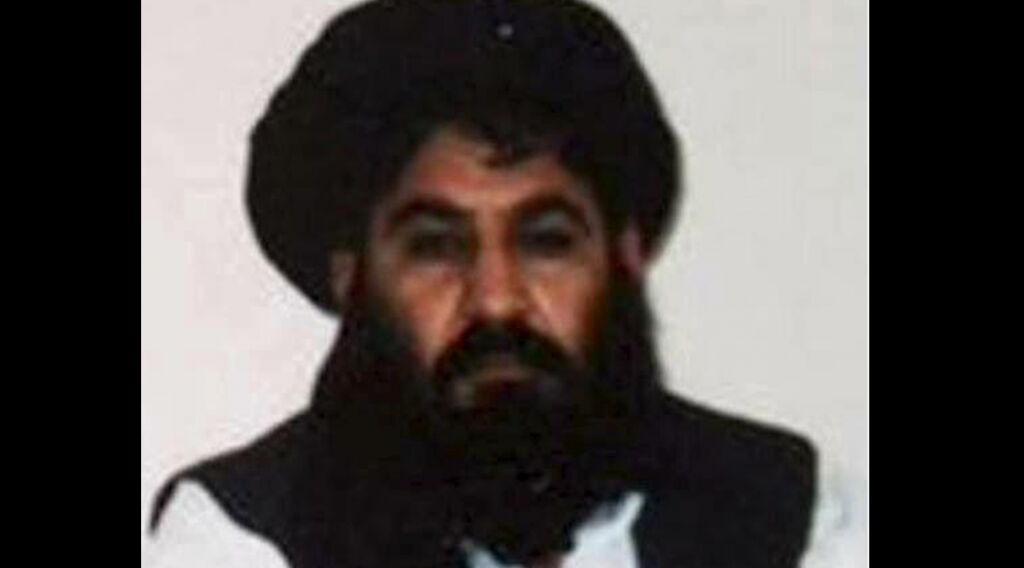
Targeting the Taliban
On May 21, the United States carried out a drone strike in Pakistan, killing Taliban leader Mullah Mohammed Akhtar Mansour. To avoid internal power struggles, the Taliban leadership was quick to announce his successor, Haibatullah Akhundzada. The swift succession negated media speculation that suggested the Taliban would experience major infighting in the wake of the attack.
Quite the opposite has proved true in the ensuing days. Not only has the Taliban elected a new leader, but the organization has returned to fighting.
So why did the U.S. carry out the attack?
Under Mansour’s leadership, the Taliban had resisted peace negotiations with the Afghan government. The U.S., seeing talks were at an impasse, evidently decided to carry out the drone strike in order to destabilize and shake up the Taliban leadership.
President Barack Obama called the attack a “milestone.” But if the U.S. was hoping to send the Taliban into a state of chaos and end the bloody chapter in Afghanistan’s history, it failed.
George Friedman of Geopolitical Futures wrote in “The Strategic Weakness of Targeted Killing,” “We constantly hear of senior officials being killed and wonder how many senior officials there must be. It all depends on the task, the place and circumstances.”
Further on, he argued:
The problem with the targeted-killing program is not that it is immoral. Rather, it is impractical. Al Qaeda under pressure morphed into [the Islamic State]. [The Islamic State] shifted shape into a military. If the military succeeds, fine; if not, it will morph back into a primarily terrorist organization. It is robust because no one is indispensable; it shifts leadership by task and in unpredictable ways.
The same can be said of the Taliban. With so many levels of clerical and military hierarchy, to continue targeting individuals will be nearly fruitless. Each leader has subordinates, who have subordinates, children and relatives prepared to take up the mantle.
That is what we now see with the arrival of Akhundzada—formerly Mansour’s deputy. The death of his predecessor has in no way blunted the Taliban’s purpose.
Akhundzada’s deputies are both hard-line radicals. One is the son of former leader Mohammed Omar. Now in his early 20s, Mohammed Yaqoob is likely being groomed for future leadership should Akhundzada meet an untimely death. The other deputy, Sirajuddin Haqqani, is the leader of the Haqqani network, a guerilla terrorist group operating in eastern Afghanistan.
The myriad of ranks and potential leaders has not divided the Taliban in this instance but, rather, kept it steady. This is made evident by the suicide bombing that killed 11 in Kabul just hours after Akhundzada was named as the new leader of the Taliban.
The bombing targeted the judiciary department. A similar assassination was carried out in early May after six Taliban members were hung for committing terrorist acts.
The bombings reveal that the Taliban is still following the strategies of its former leader and not succumbing to U.S. efforts to destabilize it.
June has already started off in a bloody fashion. Six Taliban bombers wearing police uniforms raided a courthouse in eastern Afghanistan, killing six people. Preceding this, another assault took place in the Kunduz Province, where 16 people were dragged off a bus and shot. Other passengers are still being held captive.
The futile U.S. effort is nothing new. After former leader Omar was killed, there was only slight insurrection in the Taliban ranks. If anything, the terrorists increased their attacks and made significant gains in Kabul and other battlefields across the nation. In late 2015, under Omar’s successor, Mansour, the Taliban made between 800 and 1,000 attacks per month!
Now, Mansour has been replaced with Akhundzada, and a similar pattern is already beginning to emerge.
President Obama called the killing of Mansour a milestone, but in reality, it is no more than a small notch on a bloody timeline—just another leader killed and replaced by an equally barbaric accomplice.
Consider the following list, compiled by George Friedman, of the manyleaders the U.S. has killed in recent years:
The aforementioned groups are still operating today. The death of a terrorist leader is little solace for a nation that has seen so many come and go yet so little change in the ferocity of the group.
President Obama is unlikely to achieve his foreign-policy goal of bringing the Taliban to the negotiating table by the time he leaves office. U.S. officials have now officially declared that it is unlikely that peace talks will be forthcoming. Akhundzada has declared the same by carrying out mass murder across the country.
Keep watching as Afghanistan descends into the nightmare of the Taliban’s “Spring Offensive” as the U.S. shows its incapability of disrupting the bloodshed.
As former Trumpet columnist Ron Fraser wrote in 2006:
The Taliban is back in Afghanistan. It is there to stay and, with the arrival of each fighting season, gradually wear down the resistance of the U.S.-led coalition forces and American public opinion. …
It is time to remember that ancient prophecy [in Leviticus 26:19-21] God declared against a rebellious nation caught up in deepening moral and spiritual decline: “And I will break the pride of your power … and your strength shall be spent in vain … if ye walk contrary unto me, and will not hearken unto me” ….
